Tiger attacks on the rise in India's coal-rich region
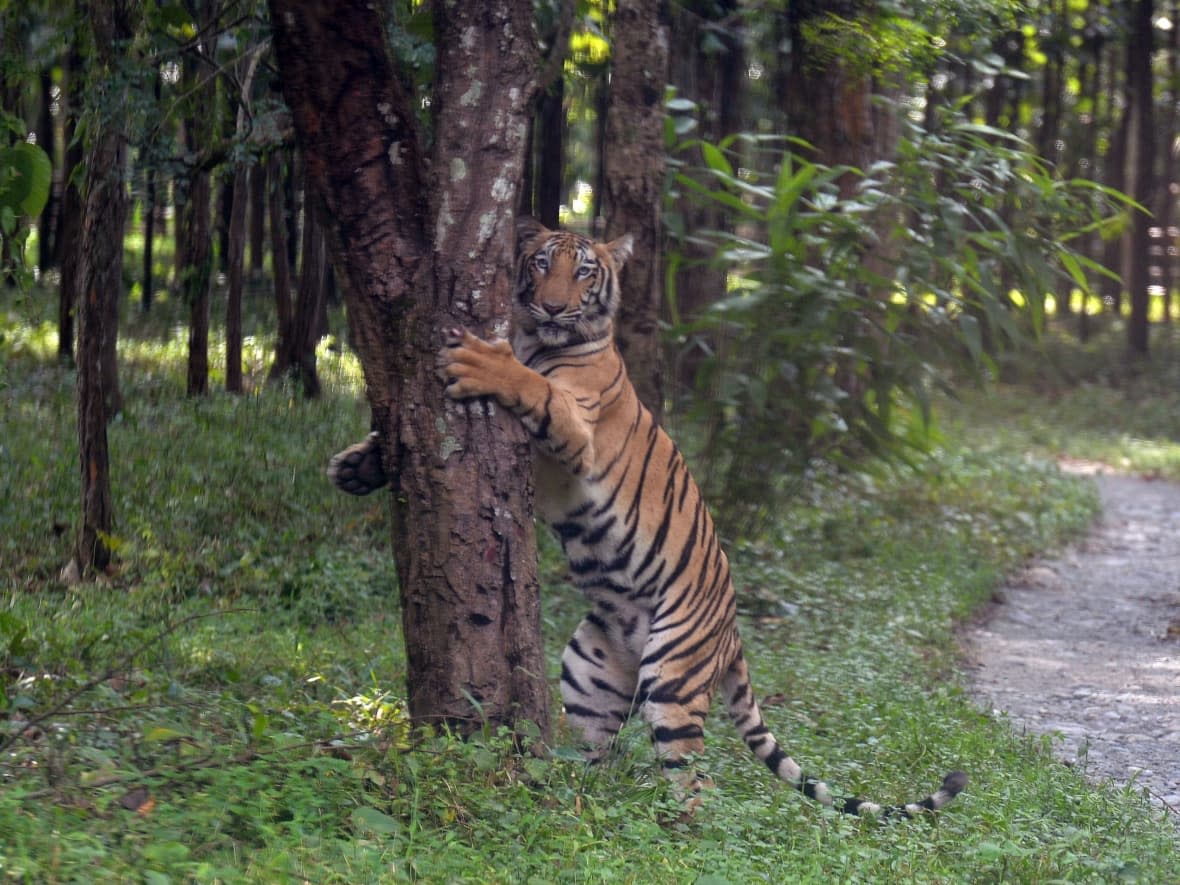
Raghunath Surtikar is at pains to describe what flashed through his mind when he saw a Bengal tiger casually walking toward him, as he was grazing his cattle, steps from his village in the Chandrapur region of India.
"I couldn't comprehend. It came directly toward me," he told CBC News, while at a local hospital for treatment. "I was petrified.
"My first thought was: 'Either eat me or leave me.'"
The encounter left Surtikar, 48, with a deep gash on his head and another on his right hand, which he had instinctively raised to fend off the tiger. "Otherwise, I would not have survived," he said.

Surtikar is lucky to be alive. Every year, between 30 and 40 people are killed by tigers in the Chandrapur region, located in India's Maharashtra state — a problem that's intensifying as the tiger population explodes.
Chandrapur is home to the Tadoba Andhari Tiger Reserve — one of 50 such wildlife sanctuaries in India — where rigorous conservation efforts have seen the number of tigers double in the last five years.
That sharp increase in the tiger population has forced the territorial animal to settle outside the confines of the reserve, in whatever vegetation it can find, as cubs mark their own territory.
It has also led to deadly consequences, with tigers interacting more frequently with humans. This year, the area is reeling with its highest number of tiger-caused deaths in a short period: 31 so far in 2021.
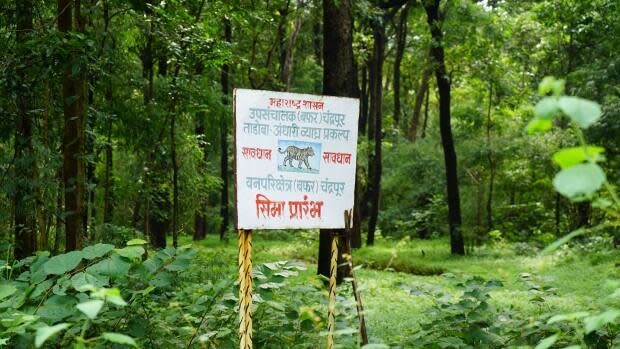
"Every inch of land in Chandrapur district is tiger-bearing land," said Dr. Jitendra Ramgaokar, a veterinarian and the field director of the Tadoba Andhari Tiger Reserve.
Tigers are the top predator in the region's ecosystem, he said. "It's not a situation where you can co-exist with such a large predator."
The number of tigers living off the reserve is nearly the same or slightly higher than those living inside the sanctuary, according to Ramgaokar, meaning there's "not a single village in the district" that has been spared a tiger sighting.
Fears of tiger attacks grip villagers
In the small village of Bhatali, located west of the reserve, fear of running into a tiger or a leopard has become commonplace.
"Nobody can walk out on the streets after dark," said Shubanji Tijale, 25, while clutching her two-year-old son in her arms. "That's when the tigers and bears come."
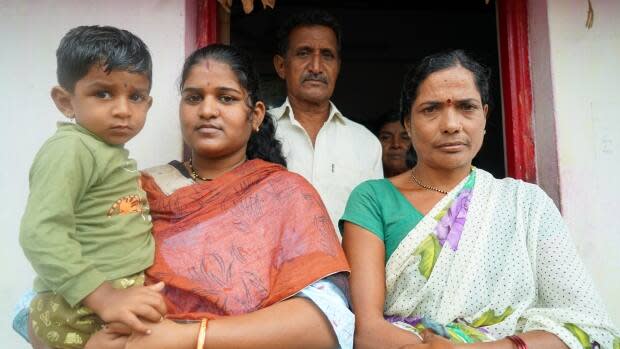
The town, surrounded by jungle, is located in the buffer zone demarcated to protect people from the nearby wildlife reserve. But it's also perched beside a coal mine, where sand removed for mining has created a giant dune covered in vegetation.
India's environmental laws require mining companies to plant trees and greenery on the sand hillocks produced from coal extraction, unwittingly providing an ideal new habitat for the roving tigers.

Maya Kheratkar, 40, recently saw one animal roaming her way, as she was tending her fields right near the village.
"At first I thought it was a dog. And then it came closer and got bigger, and it dawned on me: It was a tiger," she said. "I had to do something."
She shrieked loudly to alert the other villagers and they rushed to help her as the tiger ran off. She was safe, but the emotional scars remain; she says she is now too frightened to tend to her farm.
Villagers in Bhatali have adapted somewhat; they try to stick together, moving in packs when they go out. But there's not much else they can do.
"The whole area around us has become a jungle," said Tijale.
Tigers invade thermal power plant
Even the grounds of Chandrapur's coal-fired thermal power plant have been overrun by tigers, eight of which have now moved in among the surrounding lush vegetation.
It's become such a problem that local officials started expanding the barrier wall around the plant last year, making it higher to provide extra protection from tigers.
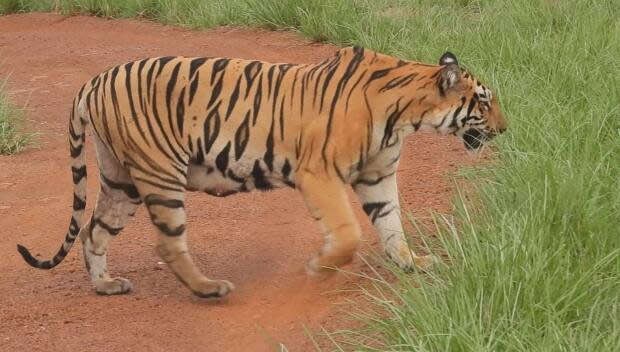
It's not exactly a solution, according to Bandu Dhotre, who runs an environmental organization called Eco-Pro and sits on the state's wildlife board.
He's convinced the number of human-animal attacks will keep climbing, since the errant tigers have become increasingly bold. Moving them to another forested area is not an option, he said.
"These specific tigers, who've grown up in this industrial area, cannot survive in a forest area because they haven't received any training to hunt prey in a proper forest from their mothers," explained Dhotre.

The tigers are now accustomed to having easy access to water and prey, such as cattle, and to sheltering among the prosopis trees that grow on the plant's grounds.
"The only option for them is the zoo," he said.
The wildlife reserve's field director is also pessimistic about any easy solution to the growing danger.
The only path forward that Ramgaokar sees is to convince people in the area to abandon farmland that borders the jungle, and to couple that with programs to help villagers secure alternate sources of income — possibly linked to the tourism benefits from the region's status as one of India's prime destinations to see Bengal tigers in the wild.
"There has to be some ways found where communities reduce their dependence on the forest and make more space for the tigers to exhibit their natural behaviour," he told CBC News.
'Dangerous and frightening'
In the meantime, the state's forestry department is expanding a volunteer team that works to reach out to some of the 106 villages within the wildlife reserve's buffer zone to track tiger sightings and hopefully help curb any future conflict.
On an afternoon in September, in Nimbala village, located a mere 100 metres from the reserve, villagers looked on as dozens of volunteers met and provided a status update.
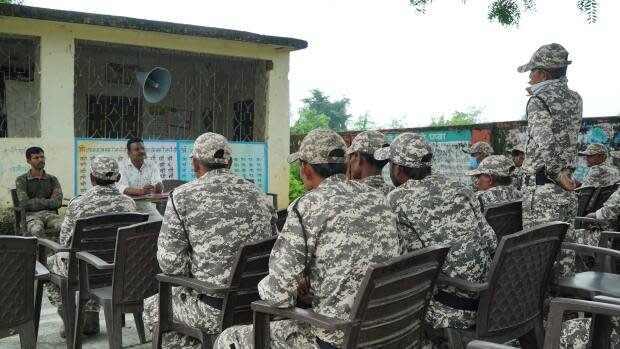
One volunteer described a sighting of a tiger prowling far too close to homes in a neighbouring town, while another detailed a tiger and a leopard both seen in his zone.
"Four or five groups of volunteers are now actively patrolling those areas," said Vikas Tumram, the response team's co-ordinator, noting they will report the animals' movements to authorities.
An uneasy coexistence with tigers, despite the risk, has become a part of life in Nimbala and the surrounding villages.
WATCH | Indian villages' dangerous co-existence with tiger reserves:
Later, a local man casually described how a leopard was lounging on his front stoop the previous day, and others told the volunteers that the same animal was seen lurking around the local primary school.
"Of course it's dangerous and frightening" to see tigers and leopards frequently, said Sandeep Gedam. He said he had also noticed a fresh tiger pugmark in his field that very day.
"But what can we do except learn to live with it?"


